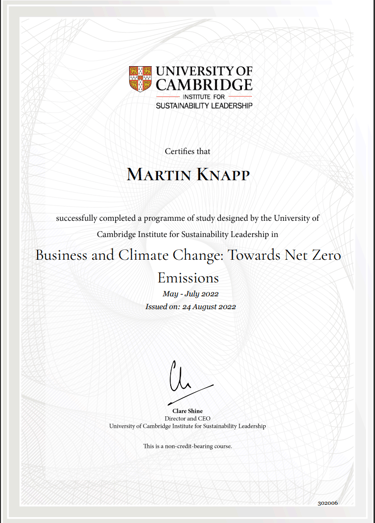Deciding on the Necessity of a Streamlined Energy and Carbon Report for UK Multi Academy Trusts
In this short article, we discuss the mandatory nature of whether you need to report your energy and carbon.
7/23/20252 min read


Introduction to Energy and Carbon Reporting
In today's climate-conscious world, the responsibility of organizations to monitor and report their energy usage and carbon emissions has become increasingly critical. For UK Multi Academy Trusts (MATs), this involves evaluating whether they are required to produce a streamlined energy and carbon report (SECR). The decision to engage in this reporting process hinges largely on their classification under the Companies Act 2006, which defines what constitutes a large company and thereby mandates reporting requirements.
Understanding Large Company Criteria Under Companies Act 2006
The Companies Act 2006 specifies that a large company meets at least two of the following three criteria: an annual turnover of more than £36 million, total assets exceeding £18 million, or more than 250 employees. For Multi Academy Trusts, determining their size is paramount, as it influences their legal obligations regarding energy and carbon reporting. If a MAT qualifies as a large company under these provisions, it will be obligated to comply with SECR guidelines.
Assessing the Implications of SECR Requirements
If a MAT satisfies the conditions to be classified as a large company, it will need to consider the implications of producing a streamlined energy and carbon report. This report provides not only a compliance mechanism but also serves as a critical tool for understanding and managing the organization's carbon footprint. Through thorough analysis and reporting, MATs can identify areas for improvement in energy efficiency, engage stakeholders effectively, and demonstrate their commitment to sustainability.
Should the MAT decide to proceed with the SECR reporting process, it is essential to gather accurate data regarding energy consumption and associated emissions over a specific review period. The accuracy of this data is foundational to the value of the report, ensuring that insights derived are reliable and actionable.
Moreover, producing an SECR empowers MATs to set measurable targets aimed at reducing carbon emissions, improving energy efficiency, and achieving sustainability goals. Hence, even if the MAT does not surpass the criteria set forth by the Companies Act 2006, voluntarily compiling a streamlined energy and carbon report can position the organization as a responsible entity committed to environmental stewardship and climate action.
Ultimately, the decision-making process for MATs regarding whether to write a streamlined energy and carbon report should be approached with careful consideration of their size and impact. Consulting with financial advisors or legal experts can further elucidate the specific requirements relevant to the trust and aid in charting a course that aligns with both legal compliance and broader environmental objectives.
Subscribe
info@cleangreeninnovation.com
Connect
Get our latest news
+44 7562 245 467


11 Trinity St, Bungay, Suffolk NR35 1EH
Company Number: 14312531 Privacy Policy terms & conditions
Flat Icon icons by POD Gladiator, Icon Desai, Shuvo.Das and Freepik
